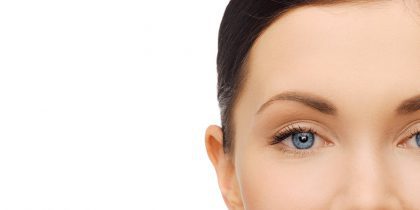Most facial plastic surgery procedures are designed to correct the skin and soft tissues of the face to reverse the signs of aging. Facial reshaping procedures usually change the shapes of facial bones. They may be undertaken for several reasons including
Improving facial harmony
Improving facial symmetry
Facial Feminisation
Making the face more masculine
Facial Reconstruction
In combination with rejuvenation procedures
The face can be reshaped by
Facial bone reduction,
Moving and reshaping facial bones (Osteotomies)
Facial implants
Injectable fillers
Fat transfer
Facial reshaping requires careful planning to achieve an ideal result and it is important to have a personalised plan. David Dunaway is a leader in facial surgery planning techniques in cosmetic and craniofacial surgery. His research as Professor of Craniofacial Surgery ay UCL is centred on 3D facial analysis and surgical planning.
Facial analysis and surgical planning often use 3D facial photography and CT scanning to precisely plan facial bone surgery or manufacture personalised facial implants.
The areas of the face commonly reshaped are
Nose (rhinoplasty)
Chin and jawline
Cheeks
Ears (pinnaplasty)
Forehead






